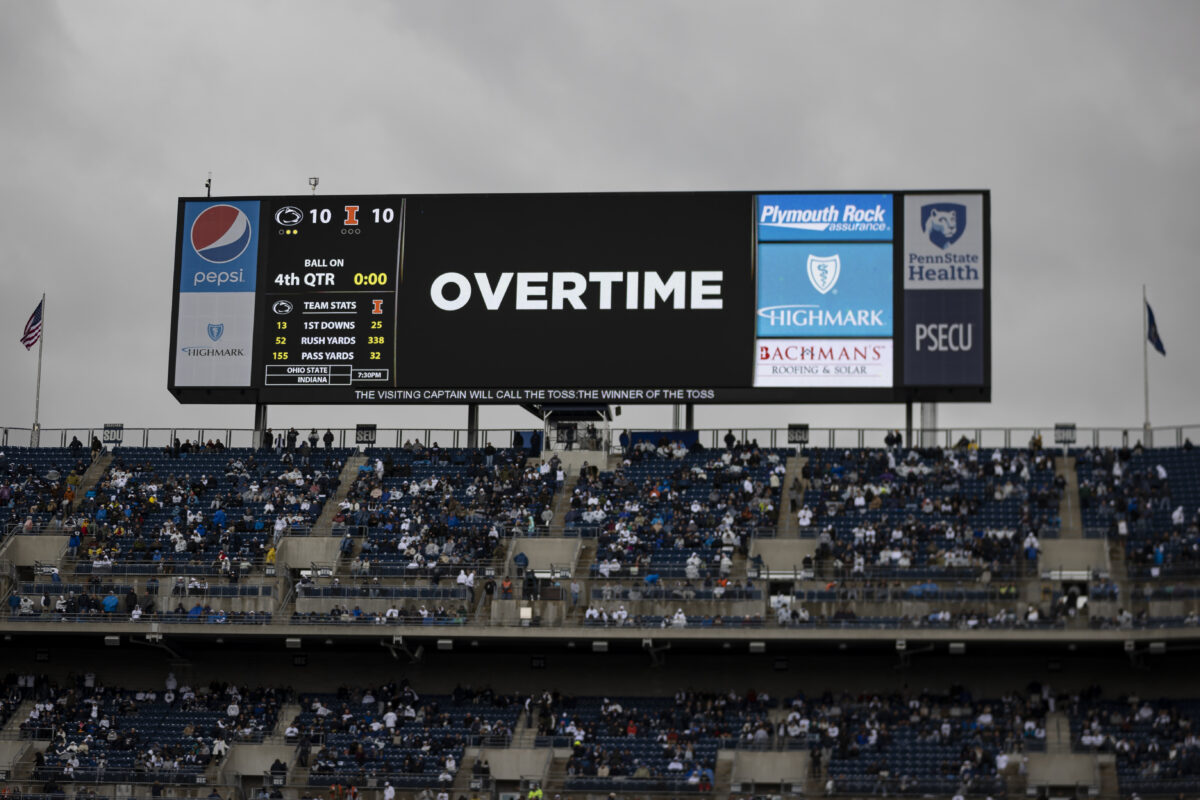For NFL enthusiasts looking to expand their football horizons into the college game, perhaps the starkest difference in rules has to do with the overtime period.
First thing first: There are no ties, and there haven’t been since 1995. I know, beautiful, isn’t it?
Unlike the NFL, which just adds another 10-minute period to the game, there is no clock in college overtime. Rather, the teams alternate possessions, meaning that overtime can’t end without each team touching the ball at least once.
A coin toss determines who possesses the ball first, and in contrast to the NFL’s philosophy, you want to defer possession so you know whether you need a touchdown or a field goal to win/extend the game.
Each team begins its possession at the opposing squad’s 25-yard line and attempts to score. If neither team scores or the game remains tied following the period, it moves to a second overtime period.
Since 2021, teams have been required to attempt a two-point conversion after scoring a touchdown in the second overtime period in an attempt to break the gridlock. Prior to that, teams had to attempt two-pointers beginning in the third overtime.
In another rule change from the 2021 season, teams no longer attempt full drives and instead compete in dueling two-point conversions starting with the third overtime period, which is why we sometimes now see absurd results like Illinois’ 20-18 win over Penn State in 2021, which lasted until an NCAA record nine overtimes.
College football’s overtime rules have been subject to both praise and criticism over the years, and they’ve only become wackier.
But love it or hate it, there’s no denying that college overtime matches the weirdness of the sport at large.
